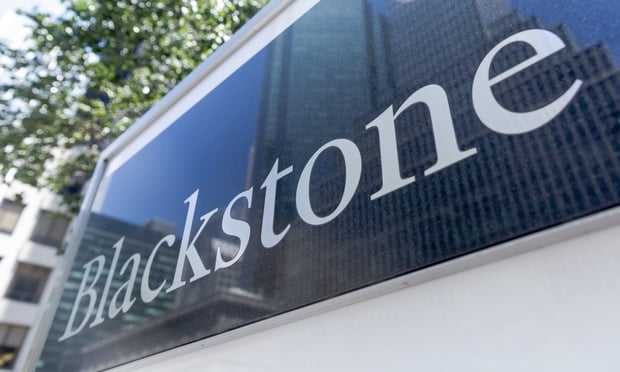Affordable and low-income housing advocates are celebrating the historic passage of the Inflation Reduction Act (IRA). But while the legislation does not explicitly address housing like the Build Back Better package did, experts in community development lending at KeyBank are particularly encouraged by the 15% book tax, environmental justice investment and funding to increase energy resources.
"We do believe that there are a lot of opportunities related to affordable housing that will come from it," says Stacie Nekus, national team leader of the community development lending and investing equity team at KeyBank. The 15% book tax will motivate investors to pursue tax credits, and low-income housing in particular will be a good match. "With the minimum tax rate, we should see an influx of new capital in the affordable housing space." adds Nekus. "Tax credits can be used to offset the 15% tax liability."
Environmental Justice Initiatives Get a Boost
Environmental justice initiatives will support affordable housing by investing in communities that are exposed to pollutants. "We can see this all through the US. Low-income families are relegated to housing that is exposed to subpar environmental conditions," says Celia D. Smoot, SVP and head of fund investments at KeyBank. "There is a substantial amount of dollars appropriated designed to address those issues, and that is really important."
Recommended For You
The IRA will provide Environmental Justice Block Grants to combat deadly pollution and air quality in port cities. It will also add funding for programs to address poor air quality such as air quality sensor installation in disadvantaged communities, new and upgraded multi-pollutant monitoring sites and monitoring and mitigation of methane and wood heater emissions.
The final piece of the puzzle is funding for alternative energy resources: wind, solar, nuclear, clean hydrogen, clean fuels and carbon capture programs. The IRA created a 20% bonus credit for solar projects on federally subsidized affordable housing projects, with an additional 10% bonus credit for solar projects in low-income communities. Smoot says that KeyBank is already looking at ways to be a leader in utilizing this funding to amplify energy alternatives in assisted and public housing. "All of that is going to create savings for low-income housing," Smoot says.
"A Perfect Complement to an ESG Platform"
KeyBank predicts these initiatives will be particularly beneficial for impact investment strategies. Recently, investors have shown a voracious appetite for impact investing—now more frequently known as ESG investment—and affordable housing hits high on those metrics, according to Smoot and Nekus. "Affordable housing is a perfect complement to an ESG platform, we consider affordable housing to be an integral part of infrastructure and the social impact of having a safe, healthy and stable home is obvious. " says Nekus.
And Smoot has already seen the affordable housing investment conversation turn to how it can help meet ESG goals. "The industry has become more sophisticated around impact data and metrics tracking. I think that you will start to see more expansive investments in the housing space," she explains.
The two note this will enhance KeyBank's effort to grow its investment volume in underserved communities by 35% per year, with the ultimate goal of reaching $1 billion in equity investments annually within the next three years. "We are really committed to helping communities thrive and looking for ways to grow our partnerships," explains Nekus.
And for Smoot, that commitment to cultivating positive impacts and to affordable housing is essential. "An integral component of an investor's return is the impact made in the communities we serve."
© 2025 ALM Global, LLC, All Rights Reserved. Request academic re-use from www.copyright.com. All other uses, submit a request to [email protected]. For more information visit Asset & Logo Licensing.








